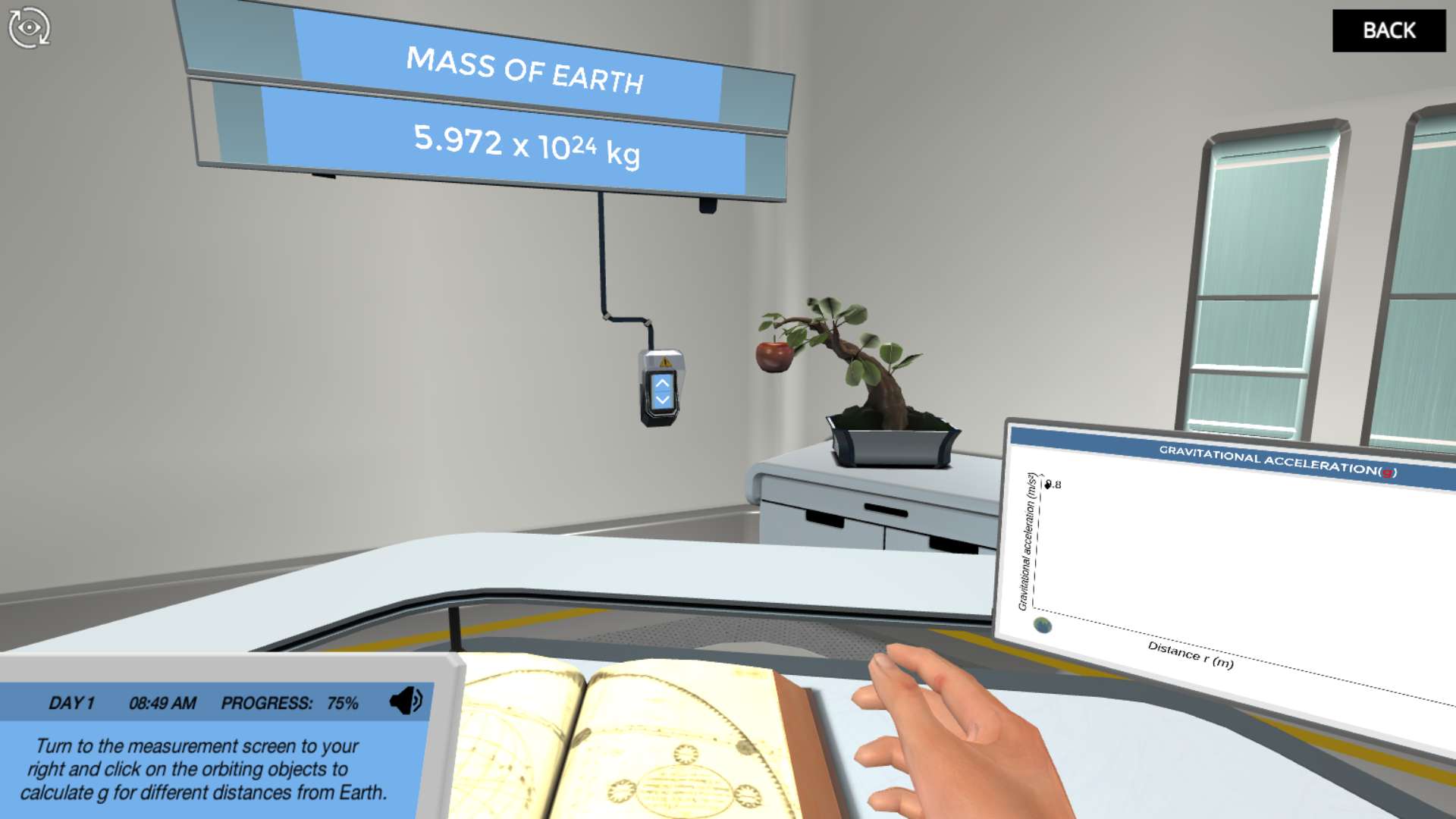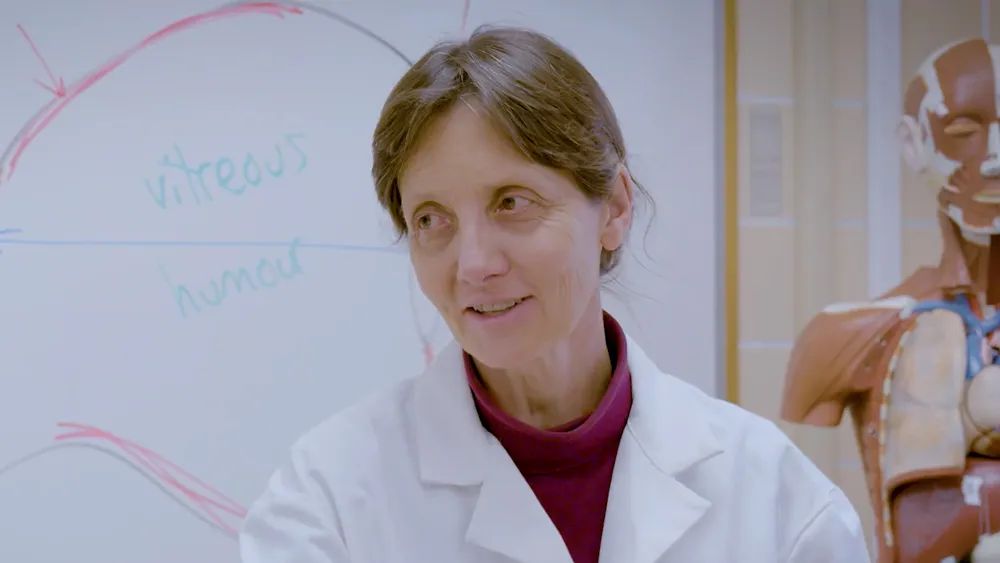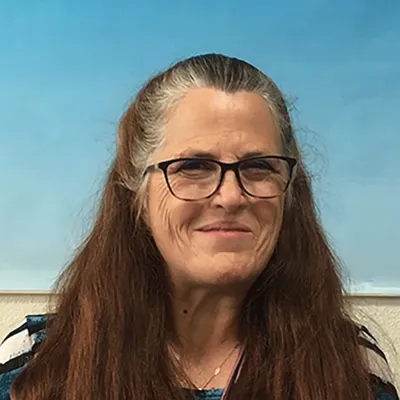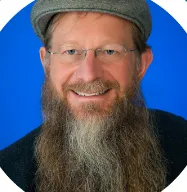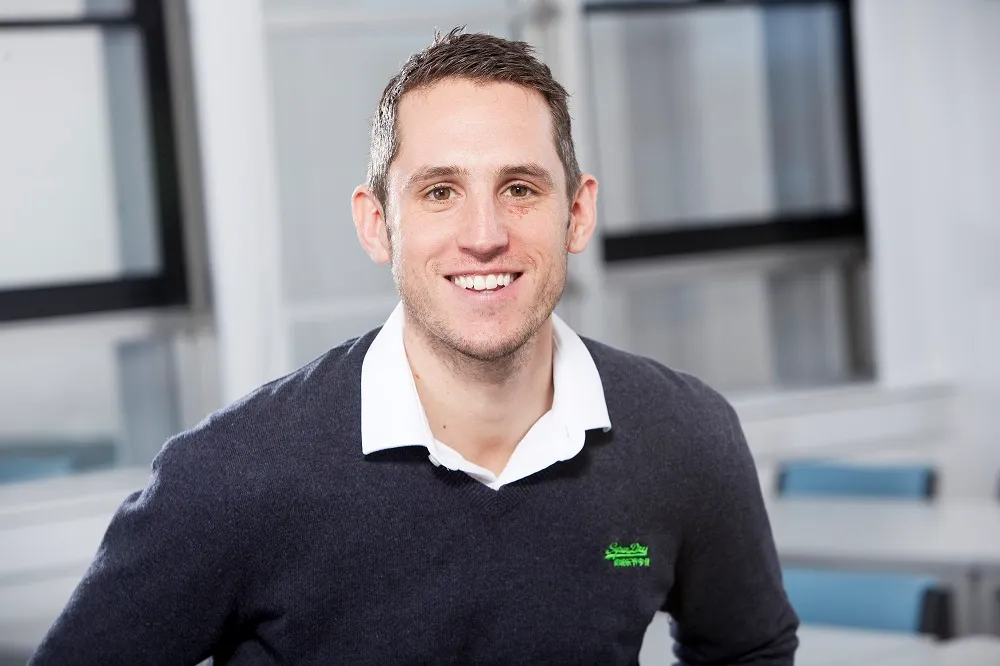Heading 1
Heading 2
Heading 3
Heading 4
Heading 5
Heading 6
Lorem ipsum dolor sit amet, consectetur adipiscing elit, sed do eiusmod tempor incididunt ut labore et dolore magna aliqua. Ut enim ad minim veniam, quis nostrud exercitation ullamco laboris nisi ut aliquip ex ea commodo consequat. Duis aute irure dolor in reprehenderit in voluptate velit esse cillum dolore eu fugiat nulla pariatur.
Block quote
Ordered list
- Item 1
- Item 2
- Item 3
Unordered list
- Item A
- Item B
- Item C
Bold text
Emphasis
Superscript
Subscript
About This Simulation
Learn the basics of gravitation by weighing the famous scientist Sir Isaac Newton and observe the Law of Universal Gravitation in action by changing the mass of the Earth. Travel in space and perform a thought experiment about orbits.
Learning Objectives
- Understand the difference between weight and mass
- Measure gravitational acceleration near the Earth's surface
- Describe the mechanism for circular orbits
- Describe the distance dependence of g
- Distinguish between bound and unbound trajectories
About This Simulation
Lab Techniques
- Thought experiment
- Pendulum
Related Standards
- HS-PS2-4, HS-ESS1-4
- 3.8 Applications of Circular Motion and Gravitation
- 3.4 Gravitational Field/Acceleration Due to Gravity on Different Planets
- 6.1 Period of Simple Harmonic Oscillators
- 2.2 The Gravitational Field
- 3.3 Gravitational and Electric Forces
- 2.2 – Forces
- 6.1 – Circular motion
- 6.2 – Newton’s law of gravitation
Learn More About This Simulation
Can you imagine having a better teacher in the Law of Universal Gravitation than Sir Isaac Newton? In this simulation, you will learn about the difference between mass and weight. Newton himself will get on the scales and you will perform a pendulum experiment which will let you define the gravitational acceleration near the surface of the Earth. In order to deduce Newton’s Law of Gravitation, you will investigate how gravitational acceleration is dependent on masses of objects and the distance in between them. In your first mission, you will change the mass of the Earth and determine the “mass dependence” of the gravitational acceleration. But watch out! With great power in this initial mission comes great responsibility during your last mission…
Perform a thought experiment
Enter the mind of Newton and learn why the moon does not just crash onto the surface of the Earth. Observe how the initial tangential velocity affects the orbit of a cannon ball around the Earth and realize the “distance dependence” of the gravitational acceleration. You are now one step closer to guiding a spacecraft with astronauts on their mission to orbit the moon.
The solar system
In order to orbit the moon you have to know everything about the theory of gravity. In this simulation, you can learn all about it by having a look at the holo-table, where you can see the solar system orbit around the sun right in front of you. You will also learn the basic properties of the known planets of our solar system.
Orbit the moon
Changing the mass of the Earth during your first mission will affect the preset velocity of a spacecraft for entering a lunar orbit. Will you be able to find the correct velocity for entering circular orbit around the moon by changing the trajectories of the orbiting spacecraft?
For Science Programs Providing a Learning Advantage
Boost STEM Pass Rates
Boost Learning with Fun
75% of students show high engagement and improved grades with Labster
Discover Simulations That Match Your Syllabus
Easily bolster your learning objectives with relevant, interactive content
Place Students in the Shoes of Real Scientists
Practice a lab procedure or visualize theory through narrative-driven scenarios
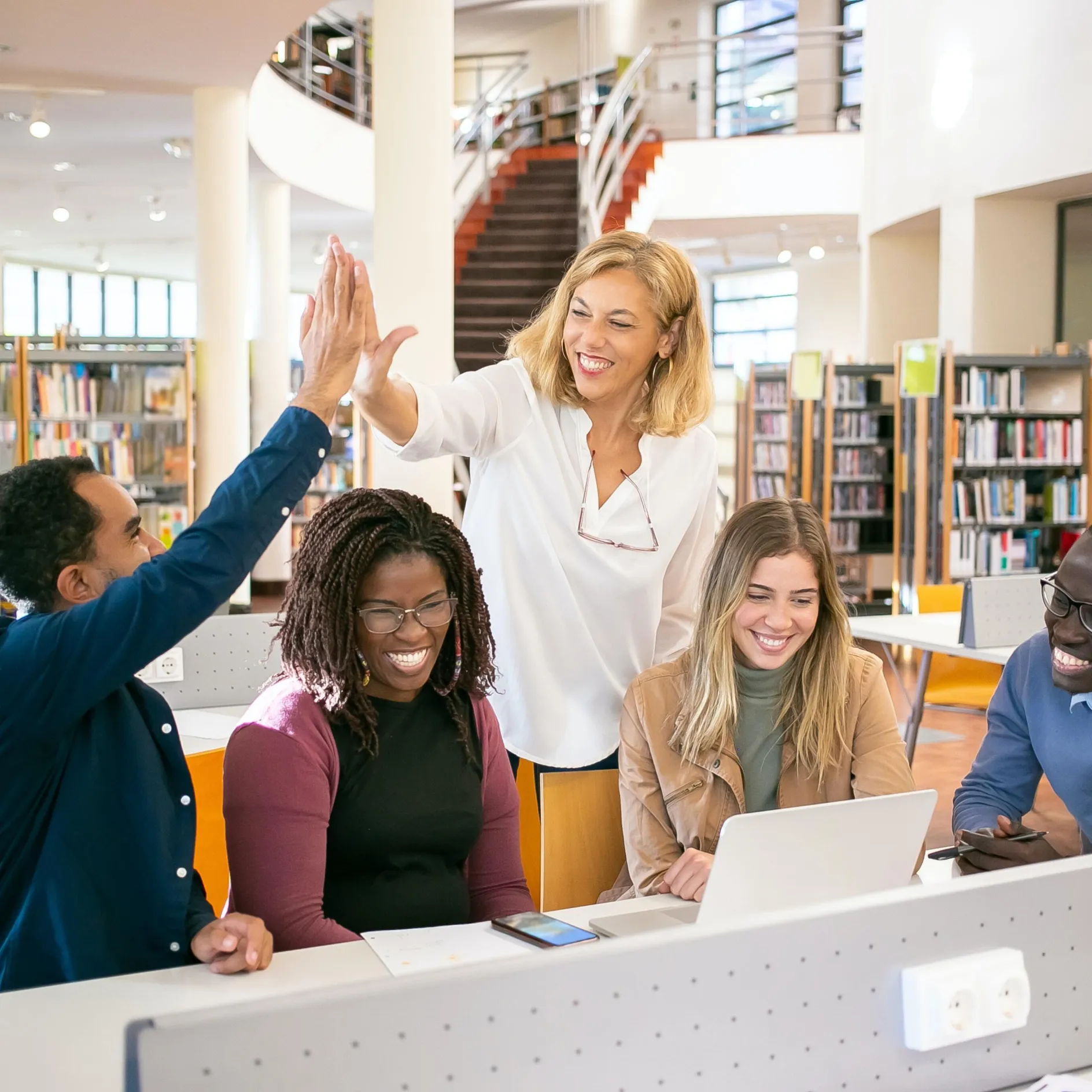

FAQs
Find answers to frequently asked questions.
Heading 1
Heading 2
Heading 3
Heading 4
Heading 5
Heading 6
Lorem ipsum dolor sit amet, consectetur adipiscing elit, sed do eiusmod tempor incididunt ut labore et dolore magna aliqua. Ut enim ad minim veniam, quis nostrud exercitation ullamco laboris nisi ut aliquip ex ea commodo consequat. Duis aute irure dolor in reprehenderit in voluptate velit esse cillum dolore eu fugiat nulla pariatur.
Block quote
Ordered list
- Item 1
- Item 2
- Item 3
Unordered list
- Item A
- Item B
- Item C
Bold text
Emphasis
Superscript
Subscript
A Labster virtual lab is an interactive, multimedia assignment that students access right from their computers. Many Labster virtual labs prepare students for success in college by introducing foundational knowledge using multimedia visualizations that make it easier to understand complex concepts. Other Labster virtual labs prepare learners for careers in STEM labs by giving them realistic practice on lab techniques and procedures.
Labster’s virtual lab simulations are created by scientists and designed to maximize engagement and interactivity. Unlike watching a video or reading a textbook, Labster virtual labs are interactive. To make progress, students must think critically and solve a real-world problem. We believe that learning by doing makes STEM stick.
Yes, Labster is compatible with all major LMS (Learning Management Systems) including Blackboard, Canvas, D2L, Moodle, and many others. Students can access Labster like any other assignment. If your institution does not choose an LMS integration, students will log into Labster’s Course Manager once they have an account created. Your institution will decide which is the best access method.
Labster is available for purchase by instructors, faculty, and administrators at education institutions. Purchasing our starter package, Labster Explorer, can be done using a credit card if you are located in the USA, Canada, or Mexico. If you are outside of North America or are choosing a higher plan, please speak with a Labster sales representative. Compare plans.
Labster supports a wide range of STEM courses at the high school, college, and university level across fields in biology, chemistry, physics, and health sciences. You can identify topics for your courses by searching our Content Catalog.
